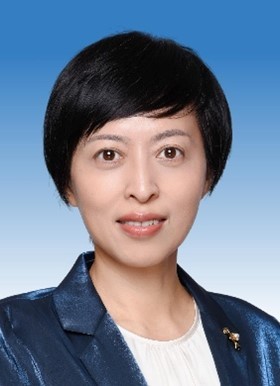Lecture Summary
Biography
Low Temperatures Cofired Ceramics for Electronics Applications
WANG Hong
Southern University of Science and Technology, China
Low Temperature Cofired Ceramics (LTCC) have found extensive applications in diverse electronic devices towards miniaturization and high-density integration. The process technology and dielectric properties of the LTCC ceramics play crucial roles to dominate the performance of devices. This talk will focus on the recent research advancements on novel LTCC dielectric ceramics, in enhancing their dielectric characteristics and optimizing the low temperature fabrication technology. It will also look at the direction of future development of LTCC ceramics to address the escalating requirements of emerging applications, especially the fields of advanced integrated devices for millimeter-wave applications and technology challenges for chiplet advanced packaging.
Low Temperatures Cofired Ceramics for Electronics Applications
WANG Hong
Southern University of Science and Technology, China,
Prof. Hong Wang received her BSc, MSc and Ph.D degree from Xian Jiaotong University in 1990,1995 and 1998, respectively. Prior to joining the faculty as a chair professor at Southern University of Science and Technology in 2017, she was a distinguished professor at Xian Jiaotong University. Her main research interests include dielectric materials, multifunctional composites, and dielectric measurements. She is a Fellow of IEEE, a recipient of the Distinguished Young Scholars from the National Science Foundation of China and Chang Jiang Scholars from the Ministry of Education of China. She was a Chair of Asian Electroceramics Association and serves as a member of the Council of the Chinese Ceramic Society and the IEEE International Ferroelectrics Standing Committee. She has received prestigious academic awards including IEEE Ferroelectrics Recognition Award, Science and Technology Achievement Awards from the Ministry of Education of China and the Government of Shaanxi Province of China.

